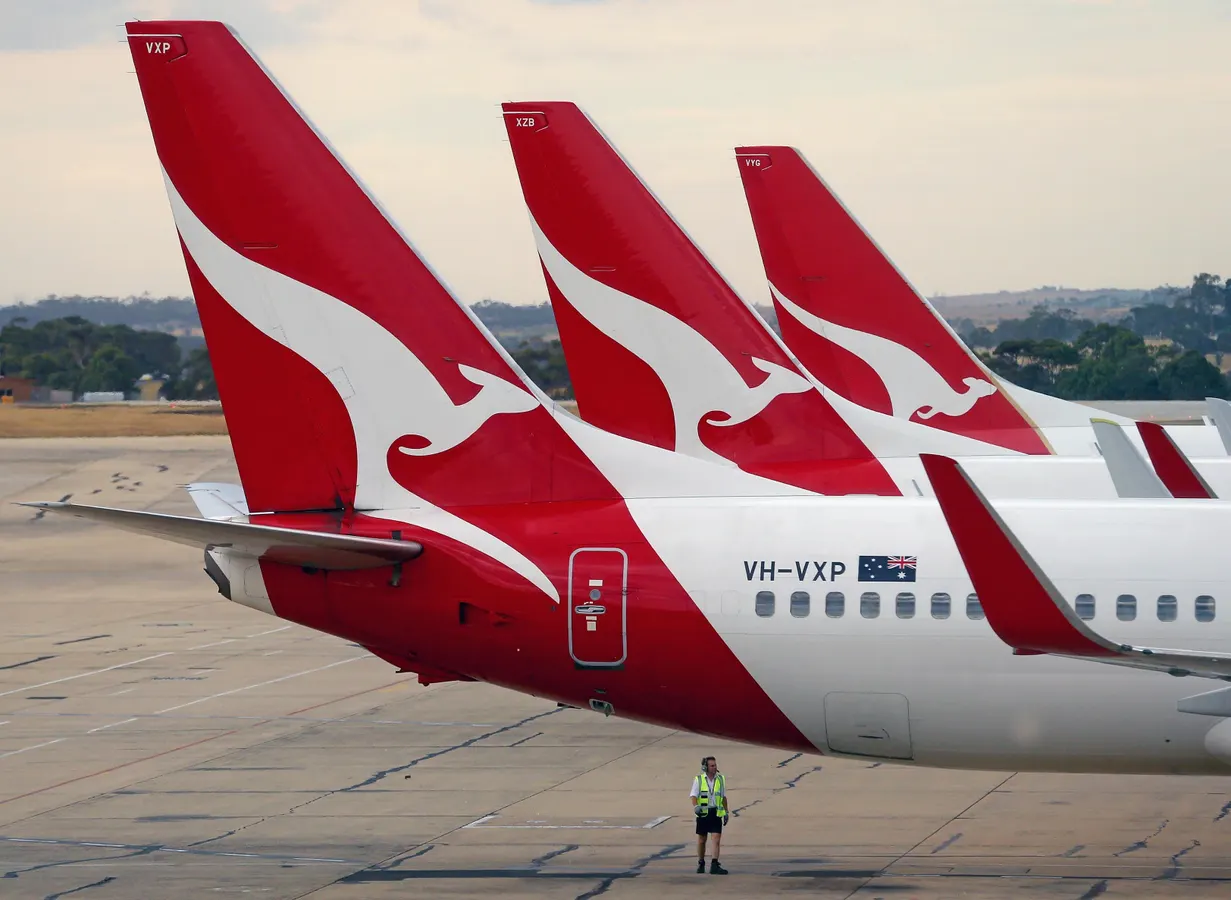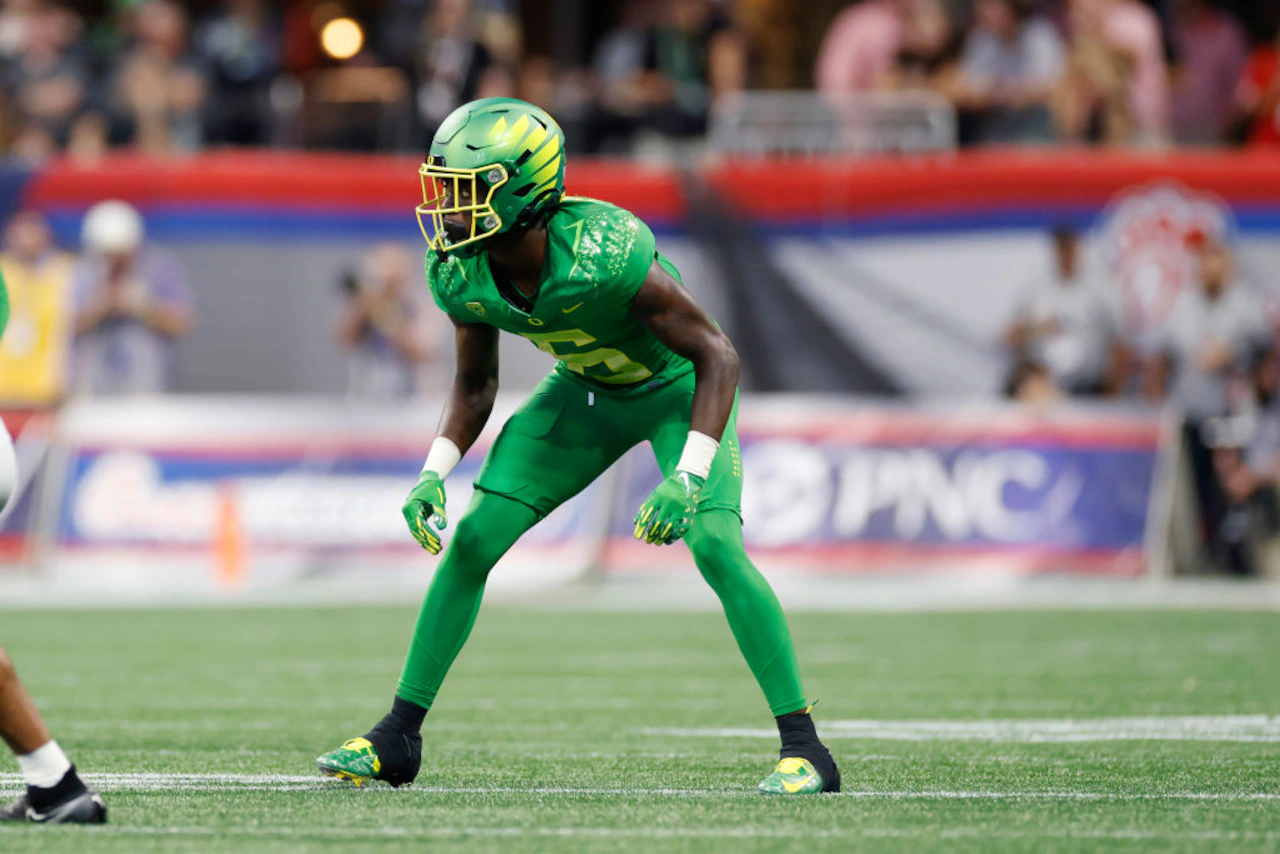Copyright Forbes

Qantas just unveiled its new Airbus A350-1000ULR aircraft that will fly nonstop from Sydney to London and New York starting in 2027. These "Project Sunrise" flights—named because passengers may see two dawns during the journey—represent an interesting marketing challenge: How do you convince customers to voluntarily confine themselves to an aluminum tube for nearly a full day? The Australian airline faces a customer psychology puzzle. At 22 hours, these flights push against fundamental human preferences for freedom, movement, and control. Despite this, Qantas is betting billions to buy a dozen of these aircraft on the idea that customers will not only tolerate but actually pay a premium for this experience. The Duration Perception Problem Research on time perception shows that humans don't process duration linearly. Daniel Kahneman's peak-end rule suggests we judge experiences largely by their most intense point and how they end, not their actual duration. A 22-hour flight that ends with arrival at your destination without a connection might be remembered more positively than a 20-hour journey with a stressful layover. Qantas seems to understand this. By eliminating connections, they’re removing the most friction-filled part of ultra-long-distance travel. Any layover can involve additional security checks, clearing customs and immigration, an increased chance of mishandled luggage across multiple flights and more. These factors increase traveler anxiety and encourage booking even longer layovers to allow for potential delays. The Scarcity Premium Strategy The new aircraft will carry just 238 passengers, compared to about 400 on typical A350-1000 configurations. This 40% reduction in capacity creates an interesting pricing dynamic. From a neuromarketing perspective, Qantas is selling more than transportation. Remember the supersonic Concorde? It saved time, to be sure, but part of its appeal was its exclusivity. MORE FOR YOU Robert Cialdini’s scarcity principle tells us that people value things more when they’re less available. By dramatically reducing seat count and likely skewing toward premium cabins, Qantas changes what could be perceived as an endurance test into a status symbol. The message shifts from "Can you survive 22 hours?" to "Are you special enough to merit one of these rare seats?" Reframing Confinement as Wellness I find Qantas’s creating a "Wellbeing Zone" positioned between premium economy and economy cabins to be a particularly savvy move. They are sacrificing space that could have been used for more seats, but this feature allows them to reframe the experience. By introducing wellness language and creating a dedicated space for movement and relaxation, Qantas is attempting to shift the mental model from "trapped in a plane" to "wellness retreat at 40,000 feet." This approach leverages what psychologists call cognitive schemas or mental models. Most travelers have a fixed mental model of what air travel means: cramped, uncomfortable, something to endure. By introducing unexpected elements like wellness zones and "science-backed design to minimize jetlag," Qantas is trying to break this existing cognitive schema and create a new category in travelers’ minds. Marketing Lessons for CMOs What can other brands learn from Qantas's ambitious gambit? Reframe the Negatives: Instead of trying to downplay the 22-hour duration in marketing materials, Qantas is leaning into it with "Project Sunrise." They're making the length part of the adventure, not something to apologize for. Create New Categories: When you can't win in existing mental categories, create a new one. Qantas isn't competing with other airlines on comfort or speed—they're creating an entirely new product category: ultra-long-haul wellness travel. Use Scarcity Strategically: By limiting capacity, Qantas ensures that even if demand is modest initially, flights will likely sell out, creating social proof and FOMO for future bookings. Price for Value, Not Cost: The reduced passenger count means each seat must generate more revenue. But instead of apologizing for high prices, Qantas is building a product that makes the premium feel justified through time savings and unique amenities. The Ultimate Test Will travelers embrace 22 hours in the air? The psychology suggests they might, but only if Qantas successfully shifts the mental frame from duration to transformation. The airline is selling more than transportation from Point A to Point B. They’re selling the promise of arriving refreshed rather than exhausted, and the promise of time saved rather than time endured. For CMOs watching this space, Project Sunrise shows how one can turn an aspect of a product that customers instinctively dislike into a premium market opportunity. Will customers will pay to be confined for 22 hours? That’s the wrong question. Rather, it’s whether Qantas can convince them they’re not confined at all. Or, at least much less confined than on multiple flights in traditional cabins.



